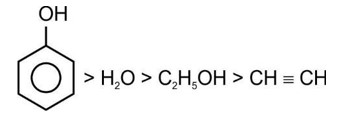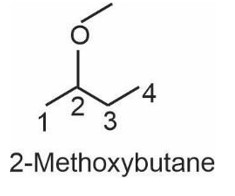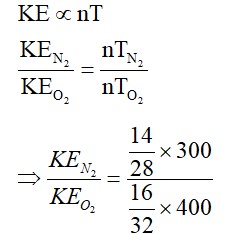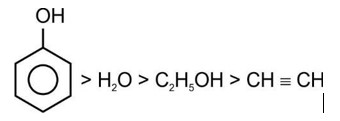11.30 Explain the following with an example.
(i) Kolbe’s reaction.
(ii) Reimer-Tiemann reaction.
(iii) Williamson ether synthesis.
(iv) Unsymmetrical ether.
11.30 Explain the following with an example.
(i) Kolbe’s reaction.
(ii) Reimer-Tiemann reaction.
(iii) Williamson ether synthesis.
(iv) Unsymmetrical ether.
-
1 Answer
-
11.30
Kolbe's Reaction: it is a carboxylation chemical reaction that proceeds by heating sodium phenoxide (the sodium salt of phenol)with carbon dioxide under pressure (100 atm,125°C), then treating the product with a sulphuric acid. The final product is salicylic acid (the precursor to aspirin).
The reaction is given as:
The mechanism is given below:
Reimer-Tiemann reaction: The Reimer Tiemann reaction is a chemical reaction used for the ortho-formylation of phenols, with the simplest example being the conversion
of phenol to salicylaldehyde.
When phenol is treated at 340K with chloroform and alkali, it forms salicylaldehyde.
W
...more
Similar Questions for you
Rainbow is formed due to internal reflection and dispersion.
Correct order of acidic strength
Correct order of acidic strength
Taking an Exam? Selecting a College?
Get authentic answers from experts, students and alumni that you won't find anywhere else
Sign Up on ShikshaOn Shiksha, get access to
- 65k Colleges
- 1.2k Exams
- 679k Reviews
- 1800k Answers







